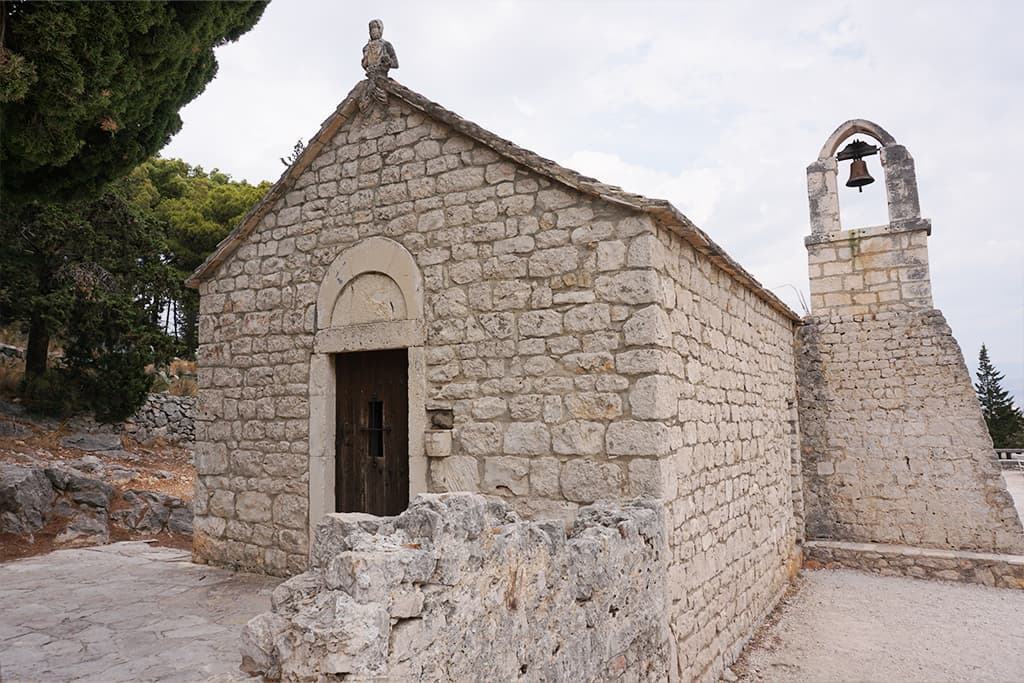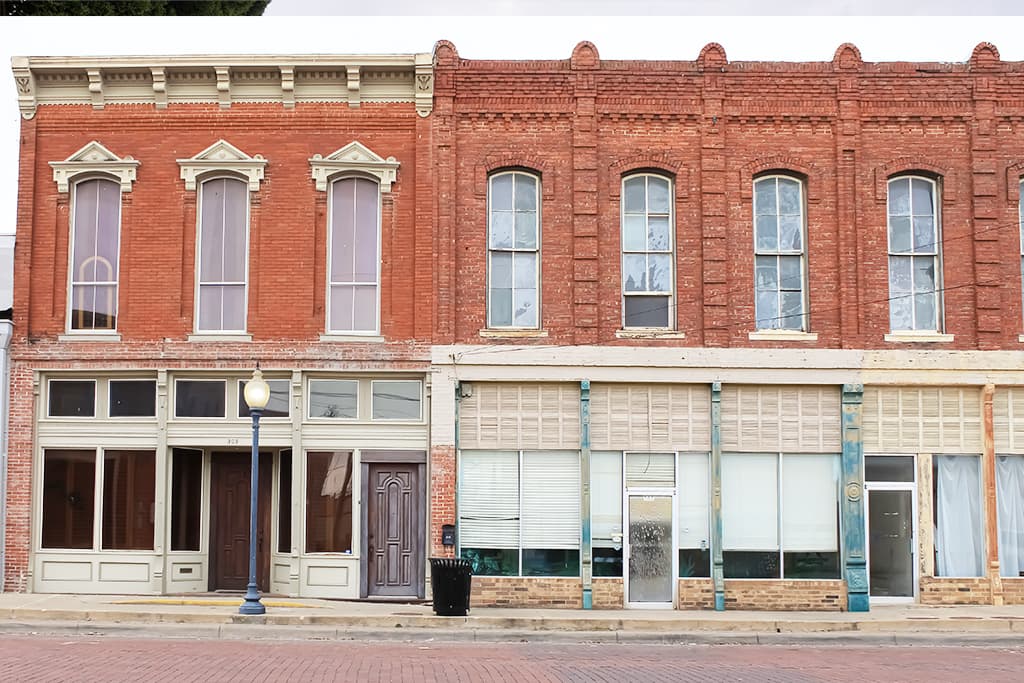Restoration Work: Reviving Lime Mortars and White Wash
Restoration work in the field of architecture and construction is crucial for preserving the integrity and history of old structures. One of the key aspects of this work involves the restoration of traditional building materials like lime mortars and white wash.


What Plaster Restoration Work We Offer
Here’s an expanded look into the types of restoration plastering work we offer:
Background: Lime mortars are a type of mortar predominantly made from lime, with sand added as an aggregate. Historically, they were the primary type of mortar used in construction due to their flexibility, breathability, and self-healing properties. These characteristics made them particularly suitable for older buildings that required a material that could adapt to their settling and movement.
Restoration: Over time, lime mortars can deteriorate, crack, or crumble due to environmental factors, wear, and age. Restoring them involves carefully removing any damaged sections, preparing the surface, and then repointing or relaying the mortar. The restoration aims to match the original composition and appearance of the mortar, ensuring consistency and maintaining the building’s historical accuracy.
Background: White wash, also known as limewash, is a traditional coating made from slaked lime and water. It has been used for centuries as a protective and decorative finish on walls and ceilings. Besides its aesthetic appeal, white wash is known for its antibacterial properties, which made it popular in barns and dairies.
Restoration: White wash can fade, peel, or become stained over time. Restoring it often involves gently cleaning the surface to remove dirt, grime, and any loose or flaking limewash. Once the surface is prepared, a fresh coat of limewash can be applied. The key is to replicate the original texture and hue, ensuring the restoration remains true to the structure’s historical and aesthetic context.
Why choose Plastering Restoration Work
Restoration work, especially with traditional materials like lime mortars and white wash, is a delicate balance between preserving the old and ensuring longevity for the future. It requires a deep understanding of historical construction techniques, as well as a keen eye for detail. Through such efforts, we can ensure that the charm and significance of historic buildings continue to shine for generations to come.
